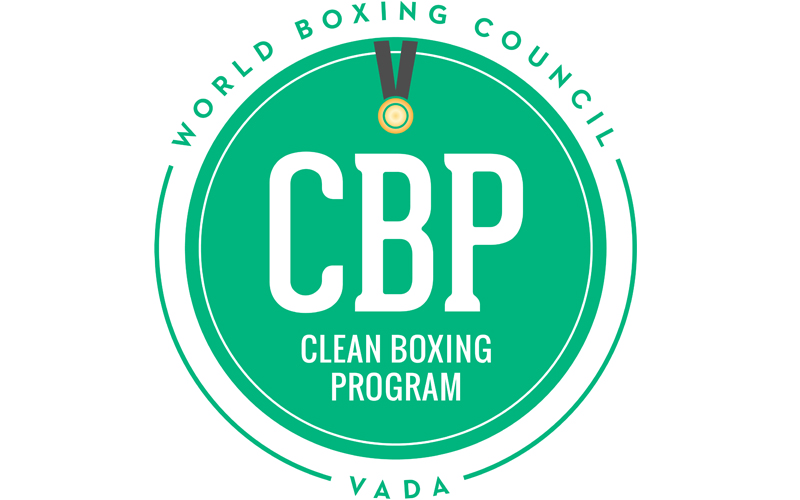
Cocaine, the silent and euphoric killer!
It is known to all that an undefined percentage of boxers suffer some drug addiction at some point in their careers, and that is that we just imagine that many of them come from a life full of deficiencies, from days when they had to endure the hunger and go out to work and suddenly, they have everything, and the money reaches and with it access to… all the excesses.
In general, drug use starts for several reasons. Almost all these types of substances produce intense sensations of pleasure. Initial euphoria effect is followed by others, which vary according to the type of drug consumed. For example, with stimulants like cocaine, the feeling of euphoria is almost always accompanied by feelings of power, self-confidence, and increased energy.
Some others who suffer from anxiety or stress-related disorders and depression begin to abuse drugs in an attempt to lessen feelings of distress.
And of course in some cases to perform better, chemically increasing cognitive abilities or physical performance.
The great Julio César Chávez, Carlos Zárate, Mike Tyson, Hilario Zapata, Wilfredo Gómez, Alfonso Zamora, are examples of stars who reached the top and for various reasons allowed themselves to be influenced erroneously, buying into a false happiness.
The relationship between athletes and doping substances has ancient roots, and there are records that even date back to Ancient Greece. In the Olympic Games of the third century BC, some athletes used certain mushrooms to improve their performance. According to the Royal Academy of Language, the definition of doping is: Administering drugs or stimulant substances TO ARTIFICIALLY ENHANCE the performance of the body, sometimes with danger to health.
Cocaine, for example, acts directly on the central nervous system and not on the muscular apparatus, as this drug has no effect on the muscles. Therefore, athletes often use it in small doses to hide fatigue, achieving over training without too much difficulty or simply as a recreational drug.
However, when the brain is repeatedly exposed to cocaine, it begins to adapt to it and the gratification pathway becomes less sensitive to natural reinforcements and the drug itself. The consumer may develop tolerance, which means that he/she will either need an increasing dose of the drug or will have to consume it more frequently to get the same pleasure as when first started using it.
This can lead to a state of irritability, even experiencing a state of paranoia in which the sense of reality is lost. Increasing the dose or frequency of consumption also increases the risk of adverse psychological or physiological effects.
Dangers of its consumption:
-sudden death
– increased predisposition to arrhythmias
-ventricular fibrillation
– significant decrease in corollary blood flow
– sudden decrease in oxygen supply
– rapid weight loss
– permanent damage to the heart, brain and / or blood vessels
– heart attacks
– loss of sense of smell
– damage to the liver, kidneys and / or lungs
– destruction of nasal tissues
– respiratory insufficiency
– high blood pressure
Different causes, cases and reasons, but the common factor and denominator of “Pure hell” for all those who`ve walked through this dark passage of addictions, who agree that it is like visiting the crumbling edges of an abyss.
Fortunately, many boxers have rectified the path, and have put on their gloves to fight one of the most important battles where a championship is not at stake or to be considered the best, but life itself.
If you want to know the list of substances prohibited by the VADA Voluntary Anti-Doping Association, go to:
Sources:
Https://www.narconon-mediterraneo.es/blog/el-consumo-de-cocaina-en-el-deporte.html
https://www.efesalud.com/mayor-riesgo-en-el-consumo-de-cannabis-y-cocaina-las-drogas-mas-demandadas/
![]()
Related posts
test


